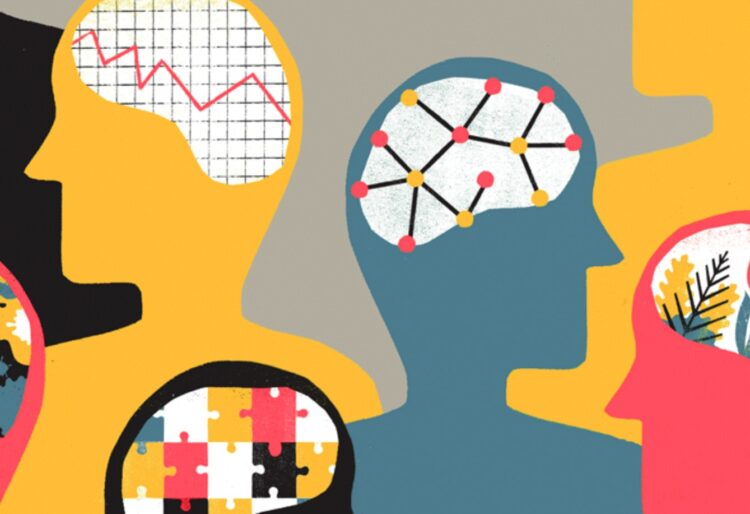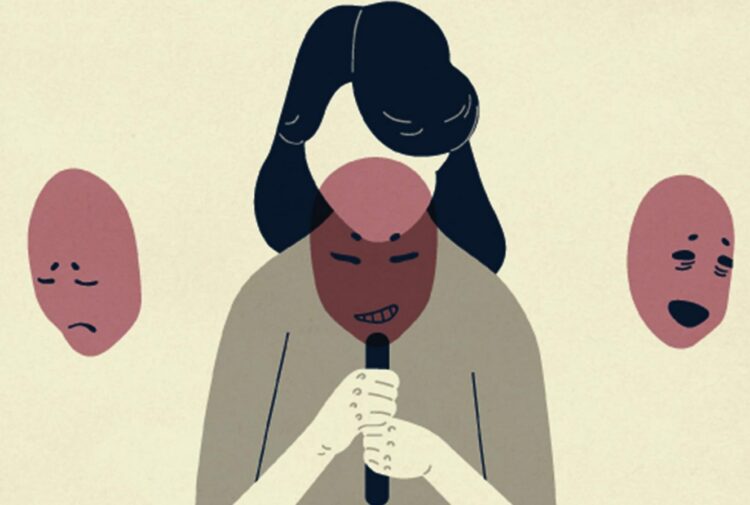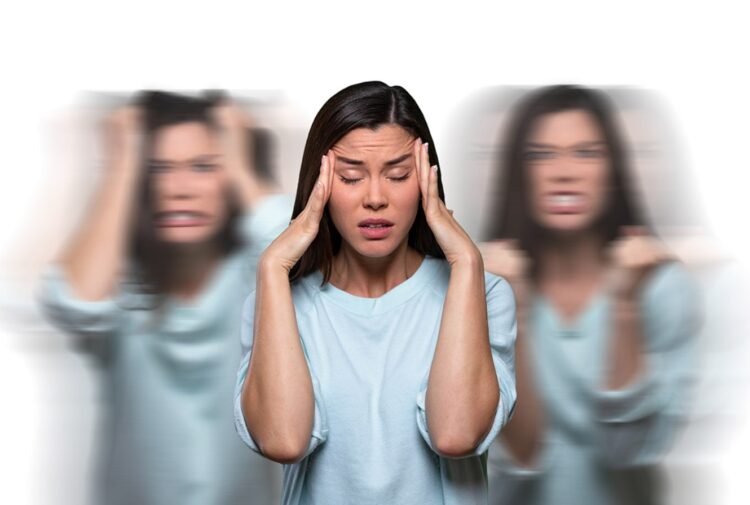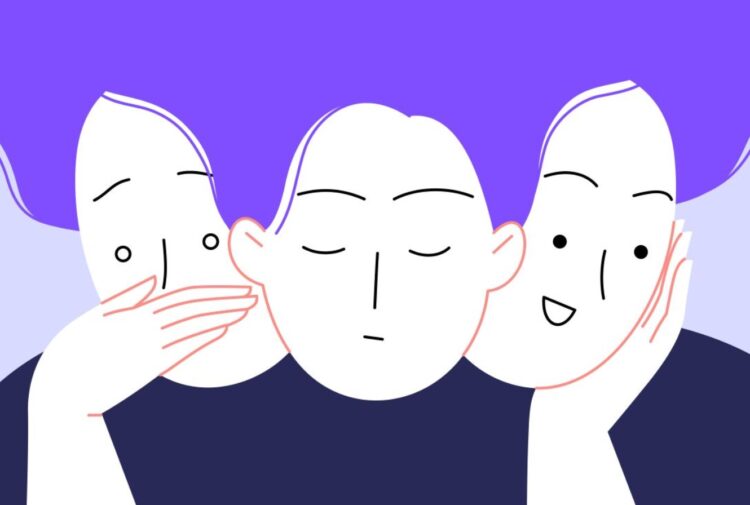
Throughout the years, it’s become increasingly common to hear about personality disorders in the media, online, and through other means. However, there are many misconceptions out there about personality disorders and what it means to have one. So, what are personality disorders? How are they treated, and what should you do if you think you have one? Today, we’ll answer those questions and talk about how to find support if you need it.

What Are Personality Disorders?
Personality disorders are a group or category of mental health conditions. In the diagnostic and statistical manual of mental disorders or DSM, there are various known and recognized personality disorders that can be diagnosed and are medically recognized, with an established list of symptoms and behaviors, and generally accepted treatment plans. According to the National Institute of Mental Health, or NIMH, about 9.1% of the adult population in the United States alone lives with a personality disorder. Living with a personality disorder can be challenging, like anything else, but having a personality disorder doesn’t mean that you have a “bad” or “flawed” personality. Everyone is born perfectly imperfect, in their own ways, and it is estimated that more than 10% of the world’s population has or has had a mental health disorder at some point in their lifetime. Like anyone else, people with personality disorders cannot be placed in a box or described in a few short words, and having a personality disorder doesn’t mean that you can’t achieve your goals. Many people with personality disorders live long, successful, happy lives, and with support, you can overcome the challenges you face if you have a mental health issue diagnosis or personality disorder.

Types Of Personality Disorders
There are three clusters of personality disorders listed in the diagnostic and statistical manual of mental disorders or DSM. Even within the same cluster, each personality disorder is characterized by different experiences, symptoms, and behaviors.
Cluster A personality disorders are characterized by what is seen as odd or eccentric behavior. These behaviors are usually noticeable to friends, family, coworkers, and those close to the people experiencing these disorders. To receive a diagnosis of a Cluster A personality disorder, a person must be experiencing significant difficulties living a normal life, and these difficulties must last for enduring stretches of time. Many of these disorders produce feelings that others (strangers or known individuals) may secretly be set on harming, embarrassing, or taking advantage of the person. For this reason, these people may be seen actively taking safety precautions or planning for some kind of “attack” that may never come. Cluster A personality disorders include:
- Paranoid Personality Disorder (PPD).
- Schizoid Personality Disorder (SPD).
- Schizotypal Personality Disorder
- (STPD).

Cluster B personality disorders are characterized by emotional intensity or instability and often include impulsivity. Cluster B personality disorders can be summarized with a consistent pattern of displaying no regard for the safety, comfort, or rights of others. These personality disorders often show themselves with acts of deceit and manipulation, and sometimes aggression or hostility. These personality disorders often surface or are first seen in childhood, and can include actions such as hurting other children or animals, excessive bullying or hostility towards others and holding little value of the property of others, such as breaking or setting fire to something that belongs to someone else. This Cluster type is especially known for acting out, being impulsive, and continuously putting themselves in risky and dangerous situations. While they may know how to appear apologetic or regretful when their actions cause harm to others, they genuinely do not care and do not feel sorry for what happens to others. They often find a way to blame an innocent person for their own harmful actions and feel no guilt or shame.
Cluster B personality disorders include:
- Antisocial Personality Disorder (ASPD).
- Borderline Personality Disorder (BPD).
- Histrionic Personality Disorder (HPD).
- Narcissistic Personality Disorder (NPD).

Cluster C personality disorders are characterized by anxious or fearful features. These people may have a deep sense of being “not enough”, be very sensitive to criticism, and have many different fears surrounding close relationships or even social proximity to others. If these symptoms develop in early childhood, the person might miss out on the chances to develop social skills that many people find themselves with in adulthood. Because of their fears and their occasional lack of knowledge, people with Cluster B personality types may not have large groups of friends or even large circles of acquaintances. Unfortunately, this can create a sad cycle where the person believes that their lack of friends increases their social ineptitude and makes them even less worthy of friendships and relationships.
Cluster C personality disorders include:
- Avoidant Personality Disorder (AVPD).
- Dependent Personality Disorder (DPD).
- Obsessive-Compulsive Personality. Disorder (OCPD).

Diagnosis And Treatment
To receive a diagnosis for any mental health condition, including any of the personality disorders listed above, you must see a licensed medical professional such as a psychiatrist who is qualified to diagnose mental health conditions or disorders. Every personality disorder is treated differently, but various modalities of talk therapy are a popular, well-researched treatment for personality disorders and other mental health concerns or conditions. If you have a personality disorder or think that you might, it’s important to reach out for support. It’s common for people with various personality disorders to experience a comorbid or co-occurring mental health condition such as anxiety disorders, substance use disorders, eating disorders, and so on. Depending on what concerns are the most prevalent at the time you seek treatment, one challenge may be addressed before another.

Find Support
Whether you’re struggling with symptoms of a mental health condition, difficulty in interpersonal relationships, grief and loss, familial issues, trauma, life stressors, or anything else that’s on your mind, seeing a counselor or therapist can help. There are a variety of ways to find a therapist. You can contact your doctor and ask for a referral, see who your insurance company covers by visiting their website or contacting them via phone, search the web, or check here for help in finding a therapist who is licensed to practice in your area. Regardless of how you find a therapist or counselor, you deserve to get the support that you need, so don’t hesitate to take the first step and reach out.











